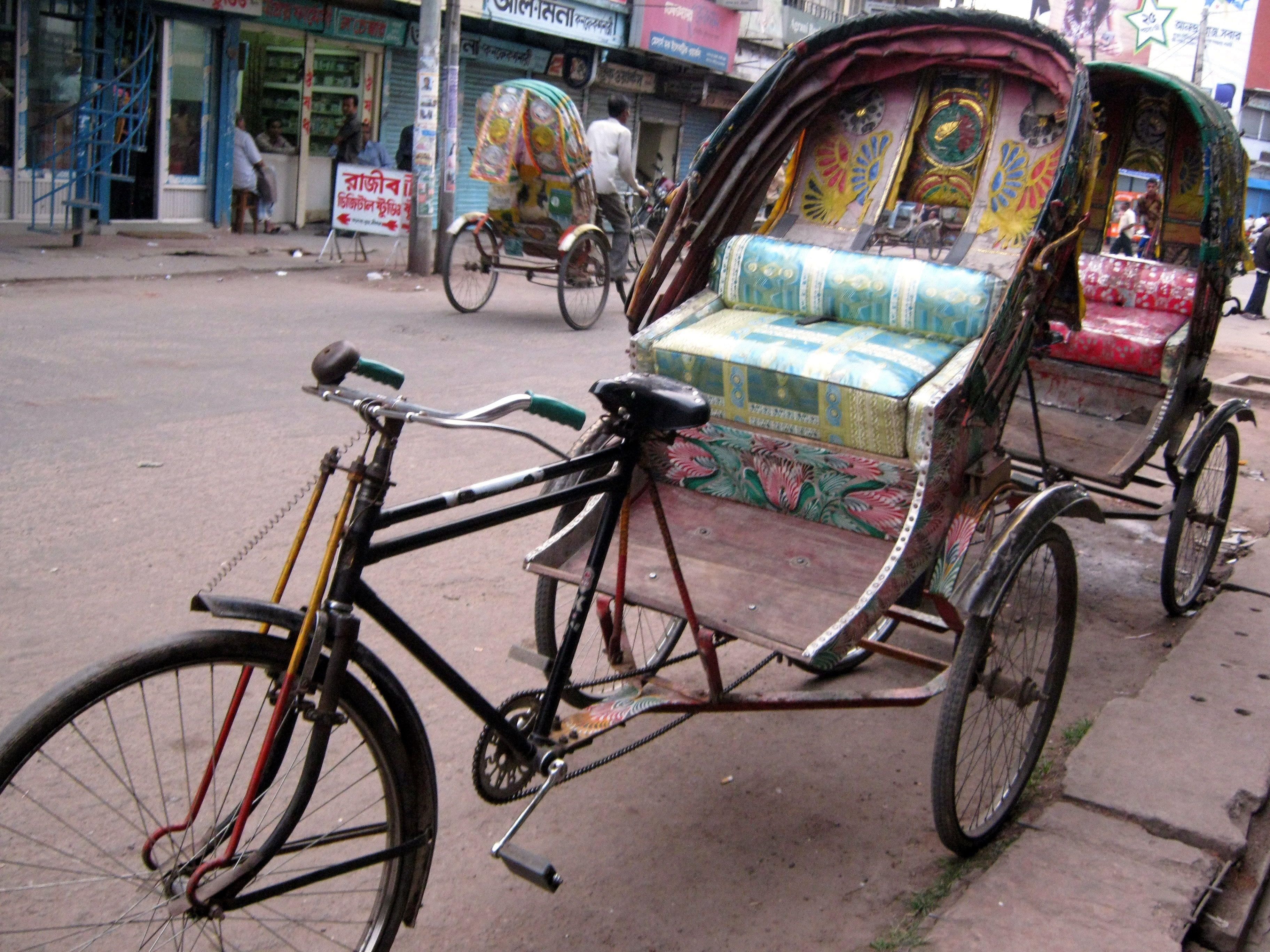Class 6 Civics Chapter 8 Question Answers - Urban Livelihoods
Q1: The orders and payments from the shopkeepers are given to the _________.
Ans: Salespersons
Q2: Who are salespersons?
Ans: Salespersons travel to different parts of the city. They get orders from the shopkeepers and collect payments from them.
Q3: Raghu is pressured to work for long hours by the employer; he is a ____________ worker.
Ans: Temporary
Q4: Ram works in the unorganized sector, he is a _____________ worker.
Ans: Casual
Q5: Name a new form of employment in the big cities.
Ans: Call centres
Q6: There is deduction in the salary of a permanent worker during medical leave. True/False
Ans: False
Q7: What is a call centre?
Ans: A centralized office that deals with problems and questions that the customers have, regarding the services provided.
Q8: Which of the two has insecurity of job—Permanent worker or temporary worker?
Ans: Temporary worker
Q9: What kind of threat does a temporary worker have?
Ans: The Threat of being fired by the employer
Q10: What is Provident Fund?
Ans: Provident Fund is a particular form of retirement savings.
Q11: Who are casual workers?
Ans: Workers who are employed by a factory only when the employer needs him/her.
Q12: List the various media through which a showroom gives advertisement.
Ans: Newspapers, cinema halls, television, and radio channels.
Q13: What do you mean by “Labour Chowk”?
Ans: A place where daily wage labourers assemble and wait for work.
Q14: People working in government departments get ___________.
Ans: Regular salary
Q15: Call centres demand knowledge of _______ and ________.
Ans: Computer and English
Q16: People who set up small and medium businesses independently are categorized as____________.
Ans: Self-employed
Q17: Why do hawkers form committees?
Ans: To retain their source of livelihood
Q18: State one similarity between street vendors and those who sell in the shops.
Ans: Both are self-employed
Q19: Why does the role played by the hawkers in the economy need to be given credit?
Ans: Because they provide affordable goods and services
Q20: Who is Bachchu Manjhi?
Ans: A cycle-rickshaw puller from Bihar.
Q21: Why did Bachchu Manjhi move to the city?
Ans: To find more regular work and earn for his family.
Q22: What does Bachchu Manjhi use to earn his livelihood?
Ans: An old cycle rickshaw.
Q23: How much does Bachchu Manjhi earn daily?
Ans: Between Rs. 200-300.
Q24: What is the challenge faced by hawkers in cities?
Ans: Lack of security and being asked to dismantle their shops at any time.
Q25: What do vendors often use to set up their shops?
Ans: Temporary structures like boards, plastic sheets, or carts.
Q26: What does “Labour Chowk” refer to?
Ans: A place where daily wage labourers gather and wait for work.
Q27: What percentage of workers in Ahmedabad work on the street?
Ans: 12%.
Q28: Who assists street vendors in preparing goods to sell?
Ans: Their families.
Q29: Why is street vending now recognized as beneficial?
Ans: It provides livelihood opportunities and serves urban needs.
Q30: What is a Hawking zone?
Ans: Designated areas where street vendors can sell goods without disrupting traffic.
Q31: Where do many workers at Labour Chowk sleep?
Ans: On pavements or in municipal night shelters.
Q32: What services do local shops near Labour Chowks provide?
Ans: Act as banks, moneylenders, and safety lockers.
Q33: What kind of items does Vandana’s showroom sell?
Ans: Readymade garments.
Q34: From where do Harpreet and Vandana source their materials?
Ans: Mumbai, Ahmedabad, Ludhiana, and foreign countries.
Q35: What is a common feature of call centers in big cities?
Ans: Large rooms with workstations equipped with computers and telephones.
Q36: Why are call centers set up in India?
Ans: Availability of English-speaking workers and lower wages.
Q37: What does Sudha supervise as a Marketing Manager?
Ans: Salespersons who collect orders and payments.
Q38: What benefits does Sudha receive as a permanent employee?
Ans: Provident fund, medical leave, and annual holidays.
Q39: What kind of jobs do casual workers at cloth mills do?
Ans: 12-hour shifts on machines.
Q40: Why are casual workers hired by small factories?
Ans: To manage large orders during busy seasons.
FAQs on Class 6 Civics Chapter 8 Question Answers - Urban Livelihoods
| 1. What are urban livelihoods? |  |
| 2. What are the challenges faced by urban dwellers in earning a livelihood? |  |
| 3. How can urban dwellers improve their livelihood opportunities? |  |
| 4. What are some common urban livelihoods in developing countries? |  |
| 5. How does urbanization impact livelihoods? |  |

















